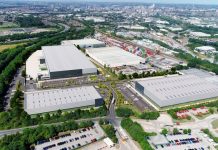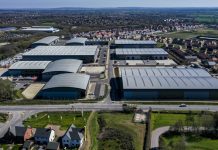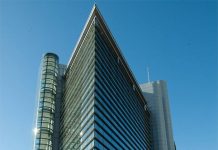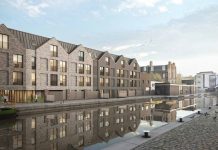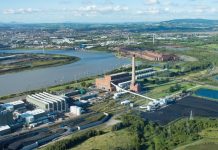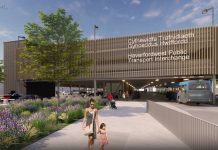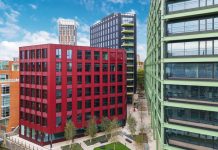Colin Stratton, partner and head of the South West Property Group at leading law firm Thrings, considers whether the solution to Bristol’s housing shortage lies in the city’s office space.
Like many cities in the UK, Bristol is currently experiencing a shortage of housing. With demand at an all-time high, developers and investors are firmly focused on finding alternative housing solutions. This includes exploring options the city centre’s office space.
Bristol’s ever-increasing student population is one contributing factor to the huge increase in demand for city centre living. In 2012/2013, the University of Bristol welcomed 1,029 more students than the year before – a rise of 28 per cent – with many seeking to live in the vibrant city centre.
In an attempt to meet this ever-increasing demand for city centre accommodation, a number of planned new office buildings have recently been ditched in favour of more profitable housing options. For example, the final plot in the Harbourside regeneration (3a Canon’s Gate on Anchor Road) has just had planning consent to build more than 100 flats. This plot was originally destined to be an office.
Similarly, part of the Finzels Reach development on the former Courage Brewery site which was due to be a large office building, will now be built out as an apartment scheme with the possible addition of a hotel.
With up to three-quarters of a million sqft of office space likely to be converted into apartments this year – including landmark buildings such as the 180,000 sqft Pithay (the city centre’s largest office block) and the 106,000 sqft Lewin’s Place – Bristol’s city centre office market is currently undergoing a major transformation.
This transformation has clearly been partly fuelled by last year’s introduction of Permitted Development Rights (PDR), which allowed B1 office buildings to be converted into residential use without the need for planning permission. In fact, since PDR were brought in, over 40 proposals have been made to the Bristol City Council to convert offices to residential, more than any other city in the west.
Some property commentators have questioned whether this current trend could saturate the market for city centre flats and drive up rents for commercial office space as a result of the consequential shortfall in suitable office space. There may be a squeeze on new build and refurbished office space in the next 18 months as the economy continues to improve. There are, of course, new developments at 2 Glass Wharf and 66 Queen Square, but there’s little else coming through.
Although the three-year PDR scheme is expected to take a significant proportion of redundant Grade B stock out of the market, Bristol’s recovering economy is such that it will need the right kind of office space going forward if it is to maintain the growth story of 2014.
It is also clear that city centre living can’t be the only solution. We need to see the delivery of an improved transport infrastructure alongside any solution as there are many people who choose not to live in the city. They need an affordable and reliable means of access to and from our great city.
One option may be to protect and retain sites in top business areas of the city such as Victoria Street, Cabot Circus and the Temple Quarter Enterprise Zone for office development.Bristol undoubtedly needs more homes but at the same time needs places to work. Getting the balance rightin the future will be key.

